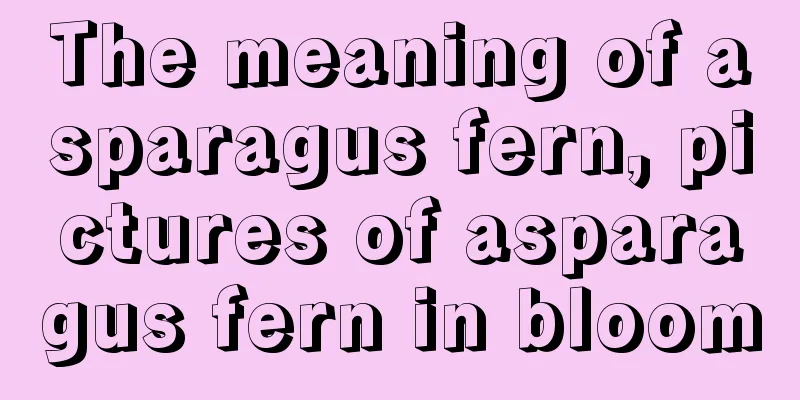Introduction to the famous variants of Venus flytrap

Baron FlytrapThe Baron Venus Flytrap is a species that resulted from a severe mutation, and there are very few species that have so many characteristics that are different from the typical Venus Flytrap. The petiole of the Baron Venus Flytrap is round in cross-section with irregular protrusions. It grows almost all year round crawling on the ground. The fleshy clamp is one of the thickest among all Venus Flytraps. The part above the tentacles of the clamp is almost completely damaged, and the edge is an irregular triangle. The more abundant the light, the more obvious the damage. The clamp can hardly be closed and basically loses the ability to catch insects. The inside will be bright red. Not only are the clips of the Baron Flytrap incomplete, the stigma on its flowers is also underdeveloped, making it unable to pollinate normally, so it cannot produce seeds and can only be reproduced through asexual methods such as leaf cuttings. The growth is relatively slow, and the maximum size that the clip can grow to is generally only about two centimeters. Toothed Venus FlytrapThe toothed flytrap plant is more robust. The biggest difference is that its teeth are triangular, which is different from the slender type of the typical flytrap. It may be the earliest variant of the flytrap. It was collected from the wild in the 1970s. It is also one of the only two variants produced naturally. The other is the Dutch flytrap. The Dutch flytrap plant can appear bright red. It was selected by Dutch horticulturists from 1,000 wild flytraps in 1970. Both types of flytraps were later bred in large quantities and widely cultivated. B52 Venus FlytrapThe B52 Venus flytrap looks not much different from the typical Venus flytrap, but its growth rate is significantly faster than other Venus flytraps, and its leaves are also very thick. The insect clip can grow up to 5.7 cm, making it the variety with the largest clip and one of the most well-known Venus flytrap varieties. "B52" refers to a large military bomber of the United States. Flower Market FlytrapThe Flower Market Venus Flytrap is a very typical variety of Venus Flytrap. It is also the most common and inexpensive variety of Venus Flytrap in my country. It is the variety that has been artificially cultivated for the longest time in my country. Perhaps due to the continuous artificial asexual reproduction, its growth is not as vigorous as other varieties of Venus Flytrap. It has relatively few leaves, and the largest clip is generally only about 2.5 cm. Its bloodline can no longer be verified. It is not the wild original species of Venus Flytrap, but its low cost and price play a huge role in the promotion of carnivorous plants in my country. To date, there are hundreds of horticultural varieties of Venus flytraps, some of which are variants bred by tissue culture, and there are many hybrid varieties. At the same time, plants germinated from seeds may also mutate. |
<<: How to grow Venus flytrap and what to pay attention to
Recommend
Is the yield of yellow peach high? What is the yield per mu?
Is the yield of yellow peach high? The yield of y...
Can bayberry be propagated by cuttings?
Bayberry is a sweet and sour juicy fruit. It has ...
The difference between peach and oleander
1. Different plant types The peach tree is a rela...
How to prune lavender
How to prune lavender Lavender usually needs to b...
What to do if the leaves of the black magic master are burnt
1. Cut off the burnt leaves Reason: After the lea...
What to do if the roots of green radish rot in winter
1. Prune rotten roots When you discover that the ...
Where is wood fragrance suitable for planting?
Wood fragrance planting area Costusroot is mostly...
It is better to water chives every few days
Water chives every few days Chives like a humid e...
When is the best time to repot the daisy flower?
Gardenia repotting time Generally, newly bought g...
How to pollinate blue flower
Pollination method of blue flower Before pollinat...
How to grow stone lotus
1. Maintenance methods 1. Temperature: It is not ...
How to propagate the succulent love vine and what to pay attention to
How to propagate the succulent love vine The succ...
How long does it take for jasmine cuttings to take root?
1. How long does it take to take root? Jasmine us...
Things to note when repotting Echeveria luxuriantii
Time to repot Echeveria luxuriata Echeveria lucid...
What should I do if the Kalanchoe is lush but not blooming?
The Kalanchoe plant is small in size, has bright ...









